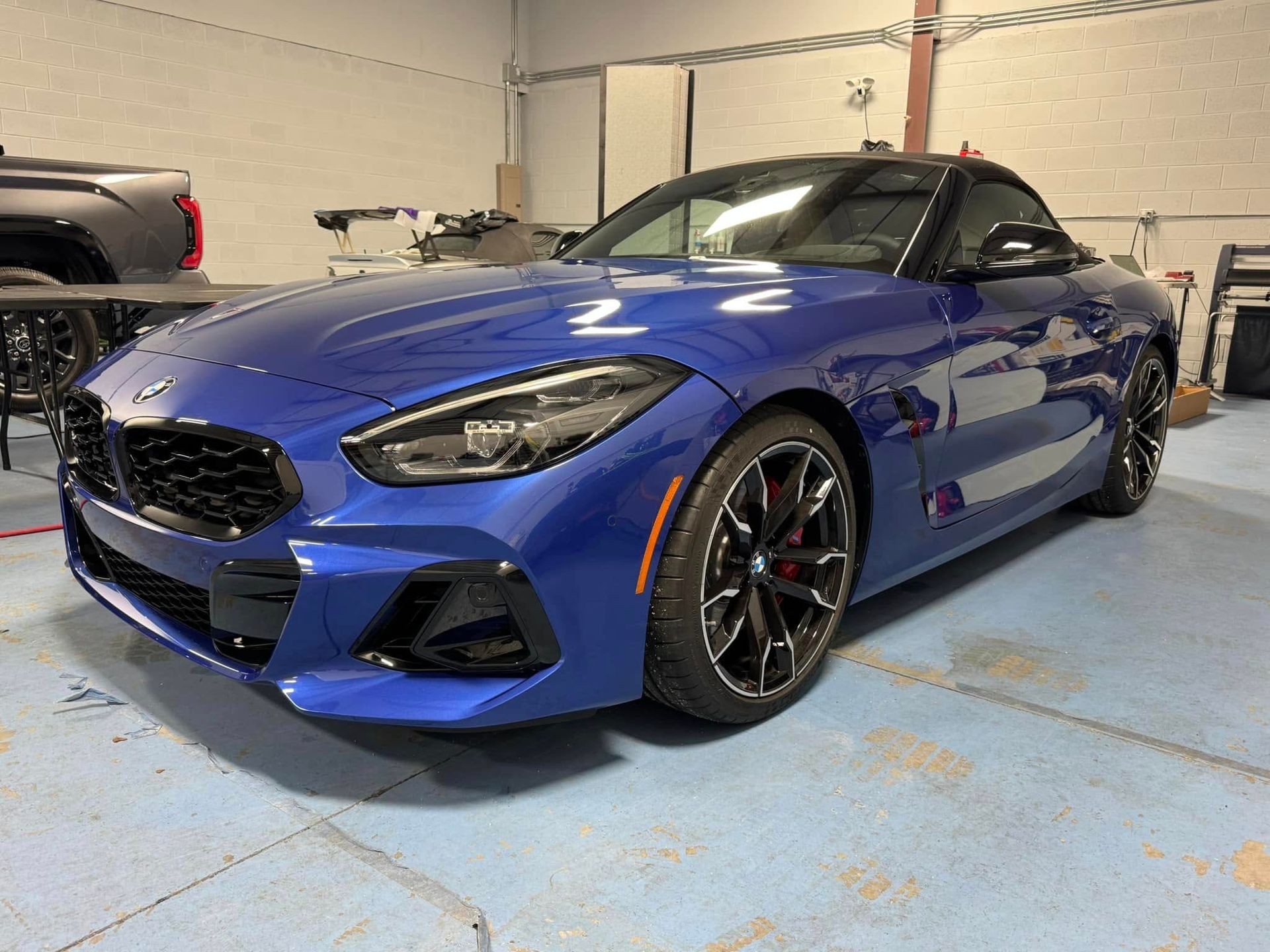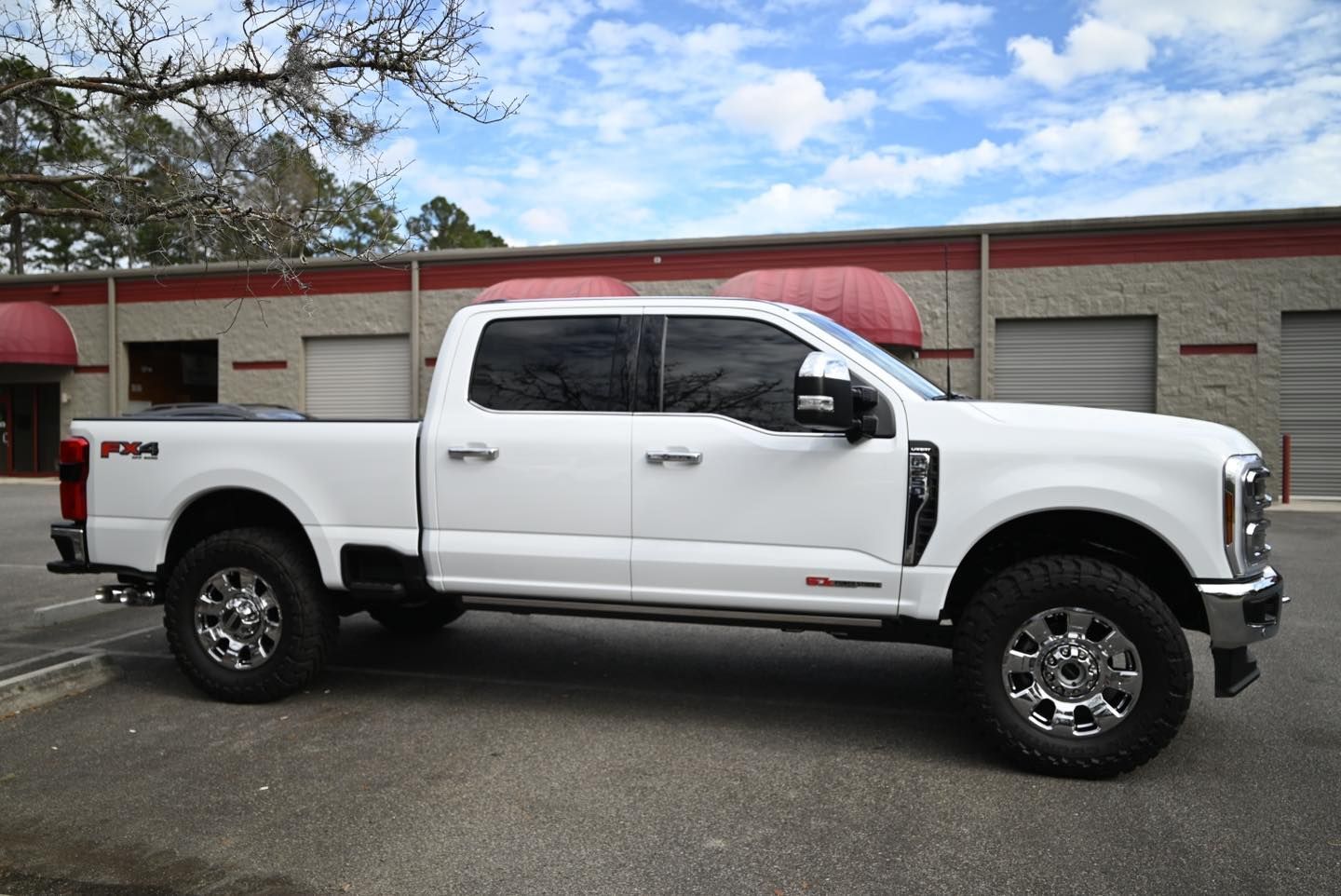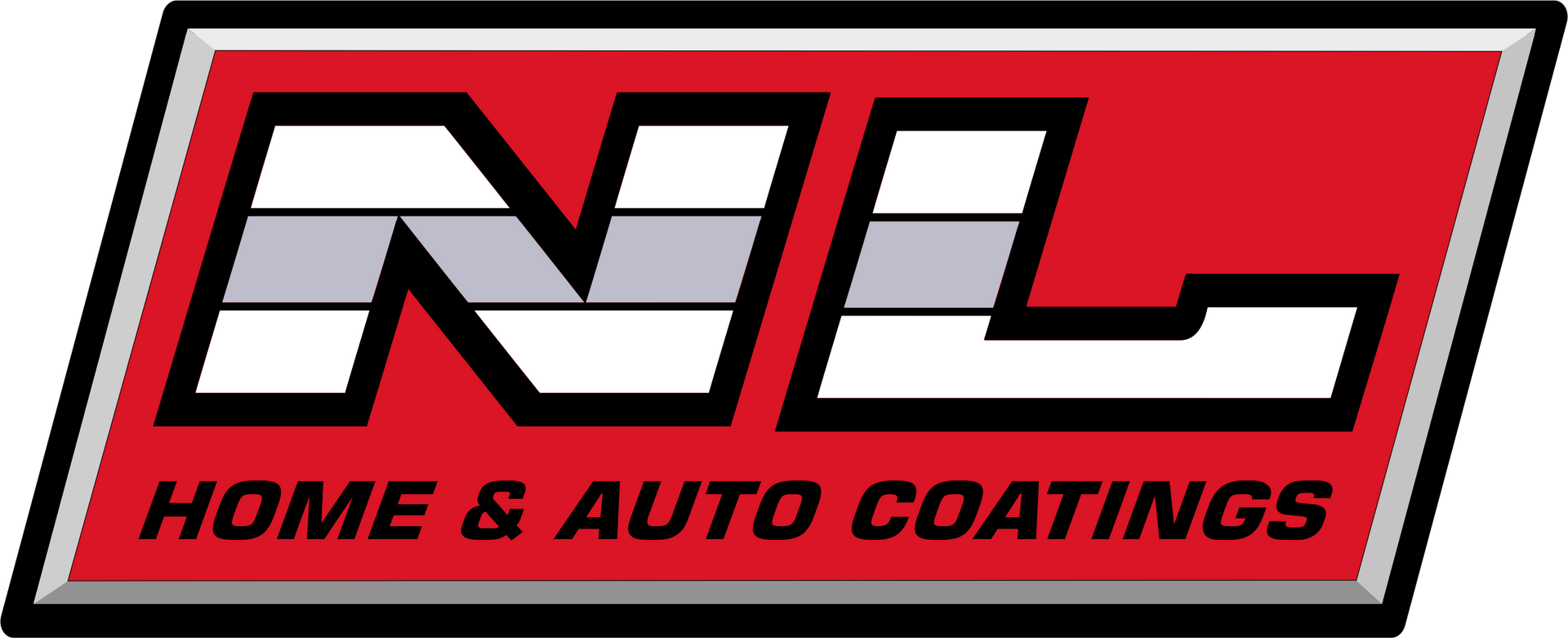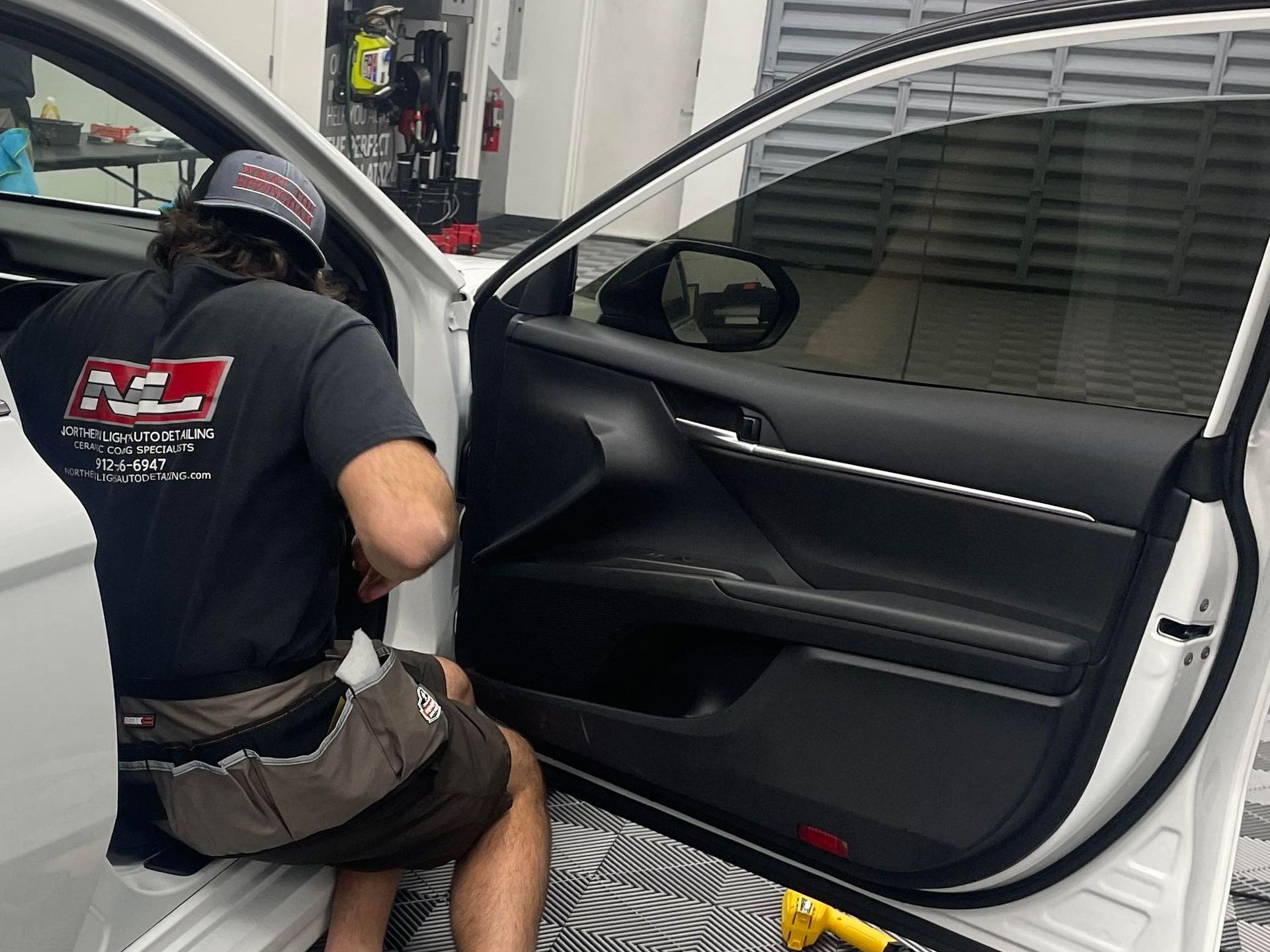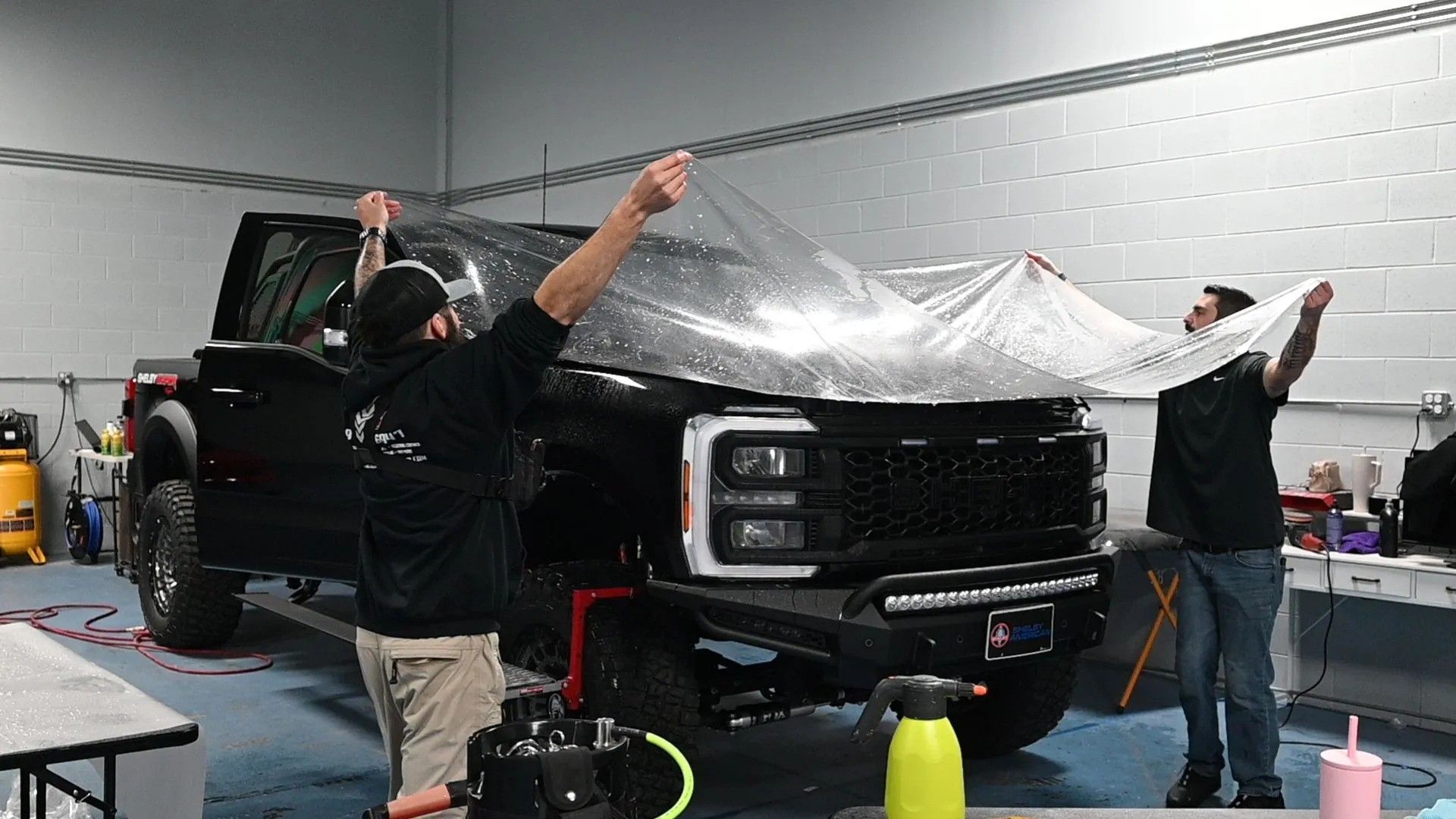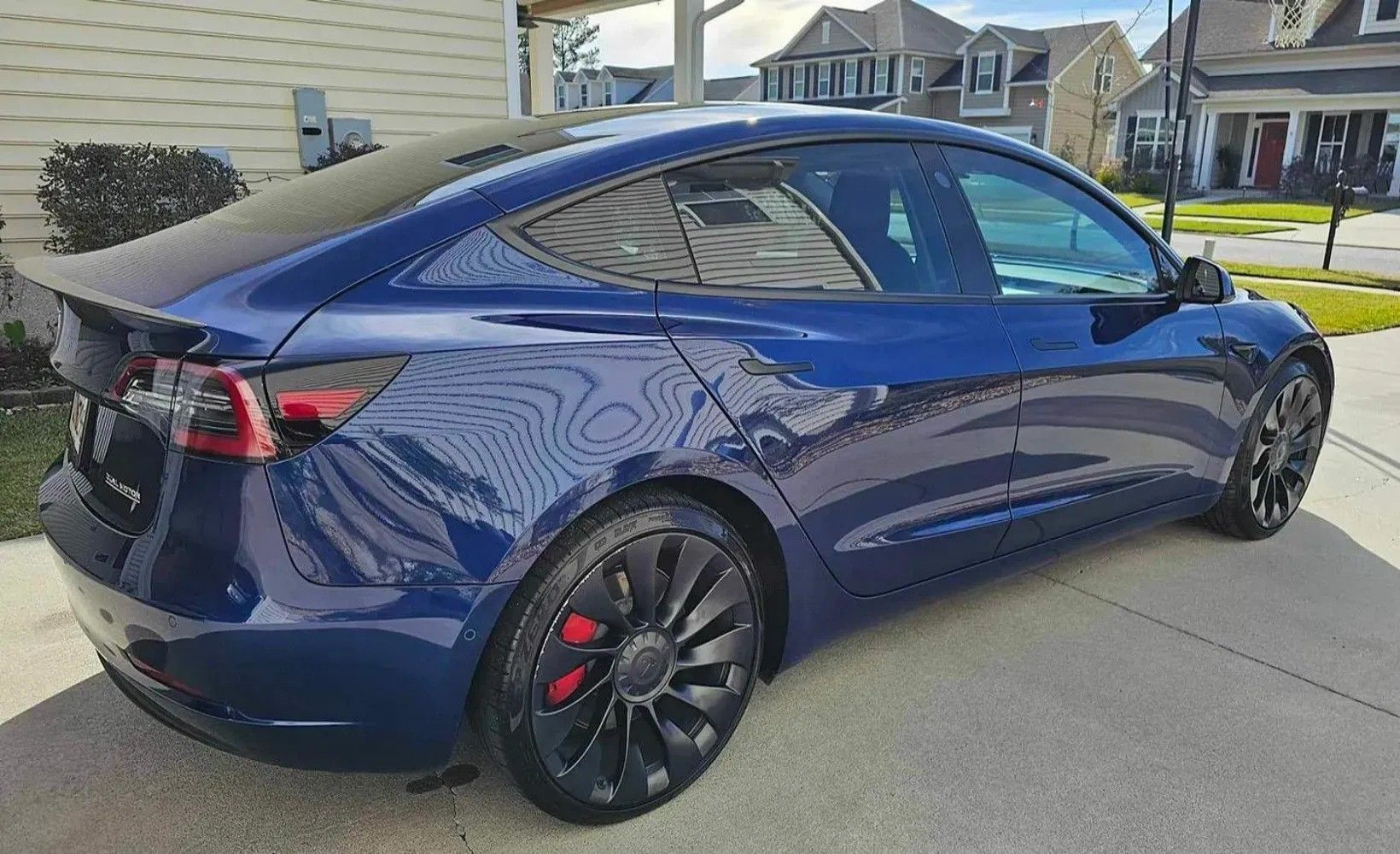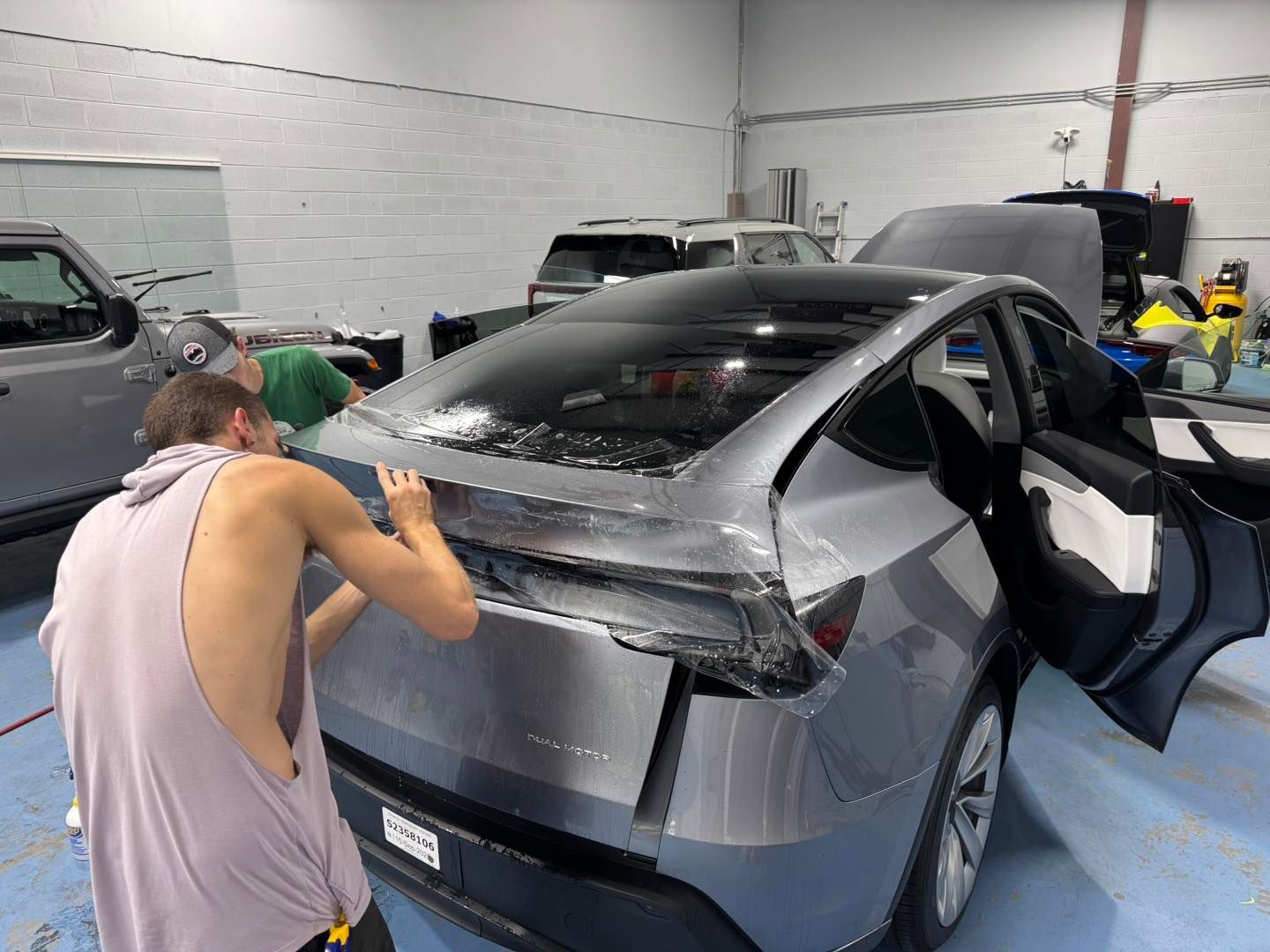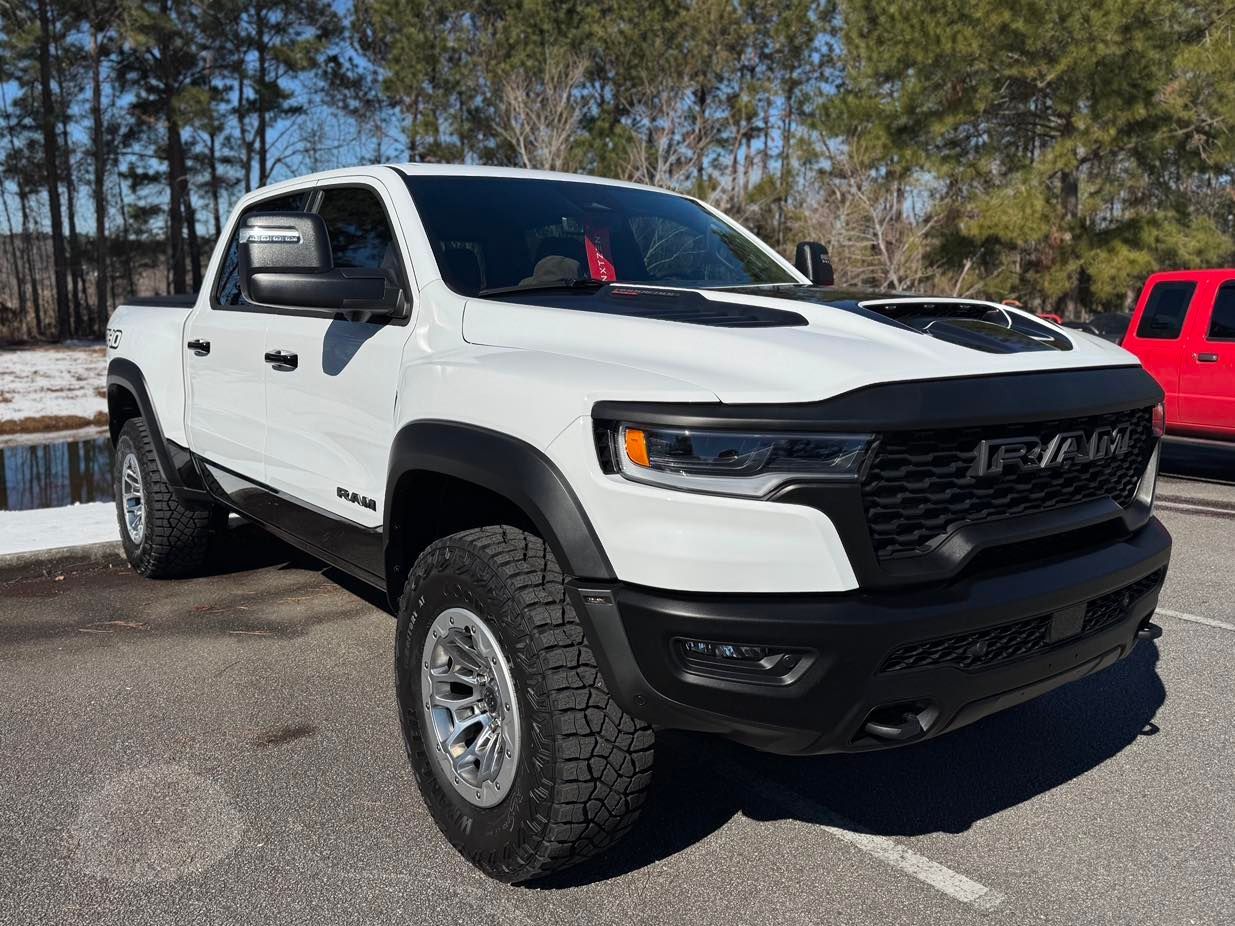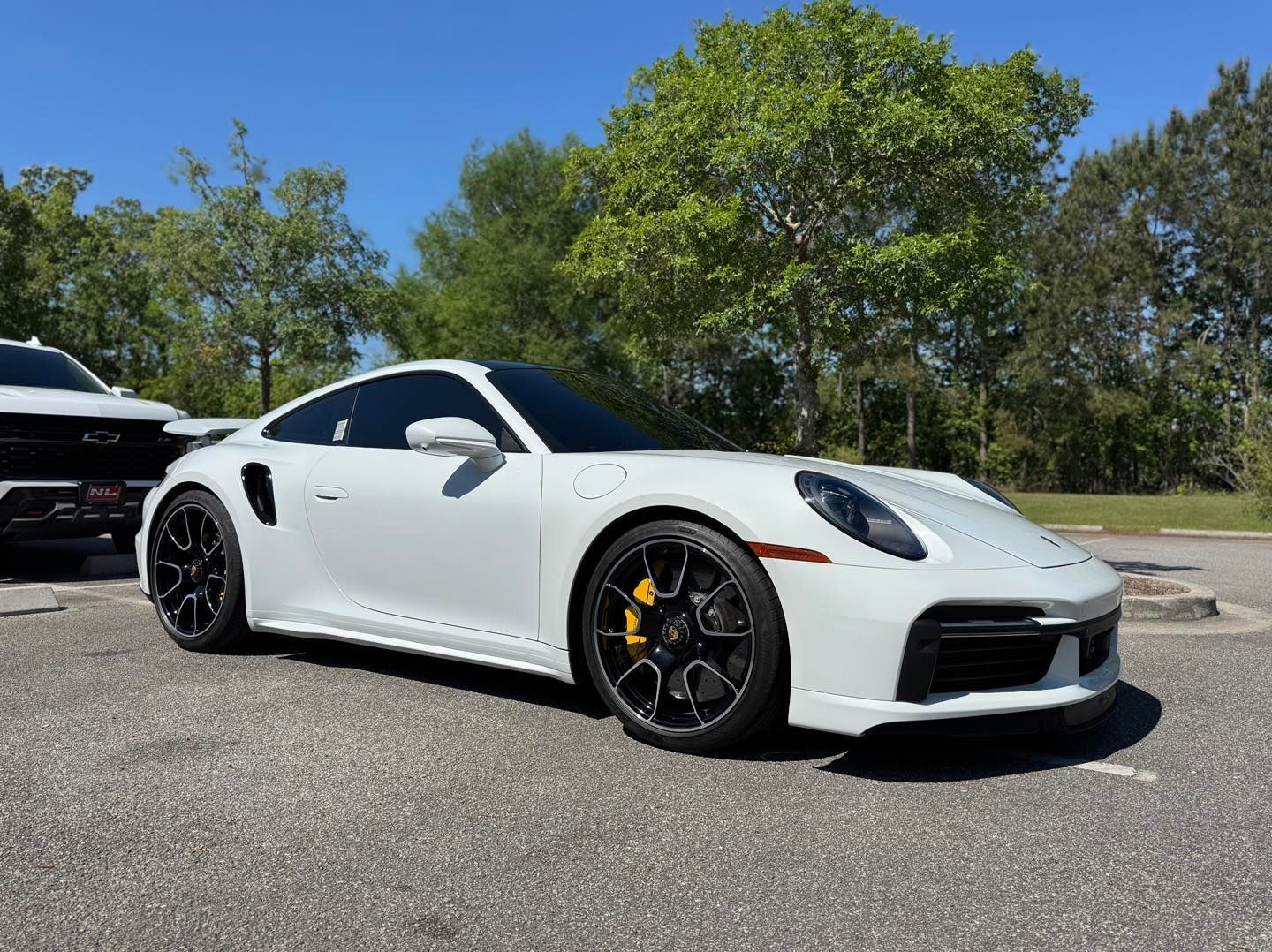Stepping into a car under the scorching sun can often feel like stepping into an oven. This uncomfortable experience is something many of us would prefer to avoid, especially during the sweltering summer months. Luckily, there’s a solution that enhances your comfort and protects your vehicle: window tinting. Many people overlook how much this simple upgrade can make a difference in keeping your car cool and safeguarding against damaging UV rays. In this article, we’ll explore how window tint works, its various types and benefits, and why investing in quality films can be one of the smartest choices for your driving experience.
Window tint significantly reduces heat inside a vehicle by blocking a high percentage of infrared light and UV rays, leading to cooler interior temperatures, especially during hot days. The effectiveness of different tints, such as ceramic options, can vary, so it's important to look at factors like tint darkness and external conditions in addition to the quality of installation for optimal results.
The Basics of Window Tinting
Window tinting is more than just a cosmetic enhancement; it's an essential upgrade that can significantly improve your driving experience. At its core, window tinting involves applying a thin film to the interior surface of your car’s windows. This film works by reducing visible light, ultraviolet (UV) radiation, and infrared (IR) light from entering through the glass, creating a cooler, more comfortable environment inside your vehicle.
The beauty of this upgrade lies in the technology behind the films used. Most are made from polyester, providing a strong and durable foundation for the various coatings designed to optimize performance. These coatings often include specialized dyes, metals, and ceramic materials that enhance attributes like heat reduction and glare control. For example, metallic films use microscopic particles that reflect heat away and give an elegant sheen to the windows.
Depending on your preference for aesthetics or functionality, each type of window tint has its own advantages and disadvantages. For instance, while dyed films can provide excellent privacy at lower costs, they may not be as effective as metallized or ceramic options at rejecting solar heat.
Understanding these differences directly impacts your satisfaction with the installation. For those living in warmer climates or who frequently park under the sun, investing in higher-quality films like ceramics or carbon may yield greater benefits over time. These films provide significant temperature advantages while protecting your vehicle’s interior from UV damage, prolonging its life, and maintaining its resale value.
With a clearer understanding of how window tinting serves multiple purposes, we are now poised to gain more profound insights into how it specifically regulates temperature within vehicles.
Temperature Control with Window Tint
One of the standout advantages of window tinting is its impressive ability to regulate the interior temperature of your vehicle. By blocking a significant proportion of solar energy, window tints shield your car from the sun’s relentless rays. This process leads to a markedly cooler environment, transforming the driving experience during sweltering summer days. Imagine stepping into a car that feels like a sauna, only to find it now resembles a pleasant oasis thanks to that smart investment in tinted windows.
Investing in window tinting elevates your comfort level during hot weather by reducing solar heat gains substantially while providing UV protection and improved aesthetic appeal as an added bonus. Consulting with professionals such as Northern Lights Home & Auto Coatings can further help you select the right tint level tailored to both your needs and local regulations.
As a considerate car owner, understanding how different tint types perform under various conditions will empower you to harness their full potential and elevate your overall driving comfort.
This awareness sets the stage for exploring how specific technologies within window tints efficiently combat heat accumulation and enhance your driving experience further.
Advantages of Car Window Tinting
One of the most noticeable benefits of car window tinting is UV protection. High-quality window films can block up to 99% of harmful ultraviolet rays. UV protection is crucial for protecting passengers from skin damage, such as sunburn and long-term risks like skin cancer, while also preventing your vehicle's interior upholstery from fading over time. Imagine driving around with vibrant seats that don't lose their sheen six months after installation; that's what a good tint does for you.
Similarly, glare reduction plays a significant role in enhancing your driving experience. When sunlight streams through untreated windows, it creates glare that can distract and even momentarily blind drivers. This issue becomes especially critical when drivers face the harsh afternoon sun or experience nighttime driving, during which headlights dazzle through unprotected windows. Quality window tints effectively minimize this glare, improving visibility and making each journey safer.
An often overlooked advantage is a boost in security through privacy enhancement. Tinted windows make it considerably more difficult for outsiders to peer into the vehicle, effectively safeguarding belongings left inside. This added layer of privacy may help deter theft, as would-be thieves are less likely to target a car they cannot see into. Many drivers find peace of mind in the added security provided by tinted windows.
Now, let’s discuss how window tinting contributes to overall passenger safety in case of accidents. In unfortunate circumstances where a collision occurs, the tint film acts as a protective layer by holding shattered glass together. This feature significantly reduces the risk of injury from flying shards during an accident, an invaluable safeguard that enhances your vehicle’s safety profile.
At Northern Lights Home & Auto Coatings, we frequently hear feedback from our customers expressing how much they appreciate these benefits after having their windows tinted. Many rave about the immense comfort they feel after experiencing reduced glare and improved privacy while driving. The smiles on their faces tell us everything: we’re genuinely helping people enjoy their rides more fully while keeping them safe.
While understanding these advantages is essential, it's equally important to explore the regulations governing window tinting to stay compliant and ensure an enjoyable driving experience.
Legal Regulations for Tinting
While window tinting laws may appear insignificant in the overall context of vehicle ownership, they can carry significant consequences. Each state has its own specific rules outlining acceptable levels of visible light transmission (VLT), which is vital to maintaining a good balance between aesthetics, privacy, and safety. Here in Indiana, for instance, these regulations are established to protect drivers while allowing them to personalize their vehicles.
Visible Light Transmission (VLT) Explained
VLT measures how much light can actually pass through your tinted windows. A lower VLT means a darker tint—for example, a 30% VLT allows only 30% of the visible light to penetrate the glass. In Indiana, specific requirements dictate that sedans must allow over 30% of light through their front and back windows, while SUVs and vans follow slightly different guidelines. Understanding this measurement can save you from potential fines as well as ensure you maintain visibility for safe driving.
But it isn't just about how dark you go; there are additional tint darkness regulations you should be aware of.
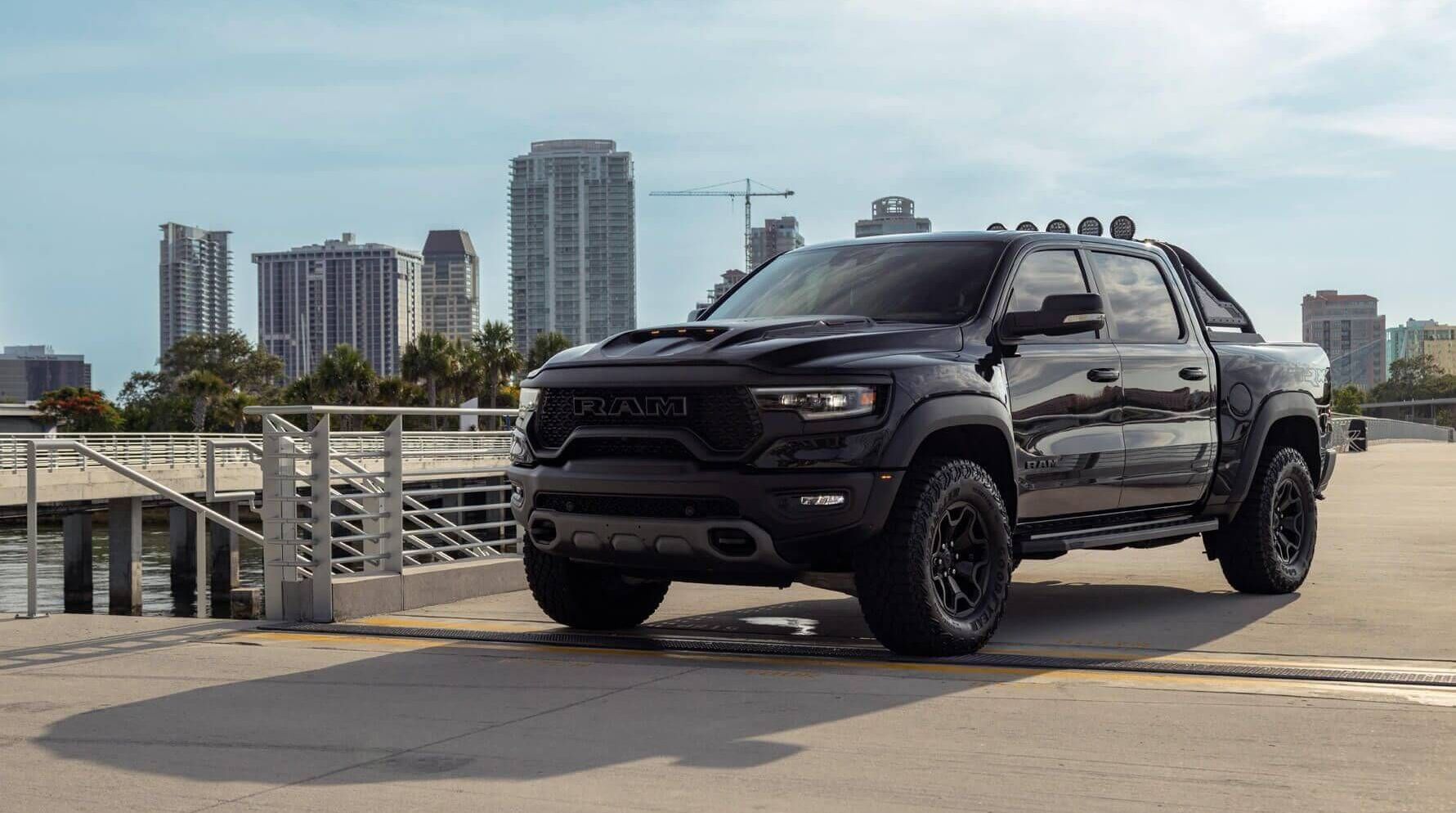
Tint Darkness Regulations
When it comes to the level of tint darkness allowed, Indiana's regulations make distinctions based on vehicle types. For sedans, the windshield is permitted non-reflective tint above the manufacturer's AS-1 line, while front and rear side windows must still let in more than 30% visible light. Meanwhile, SUVs and vans also enjoy non-reflective tints on their windshields but can apply any level of darkness several inches from the top on their backside windows. This distinction helps keep personal preference and driver safety in harmony.
As we explore further, it's also important to consider reflectivity restrictions.
Reflectivity Restrictions
Reflectivity refers to how much light a tinted window reflects back out into the environment. Indiana's law limits the right to ensure safety; front side windows must not exceed 25% reflectivity. This regulation is particularly vital because excessive reflection can lead to glare issues for other drivers on the road, potentially leading to accidents.
Additionally, there are a few important factors that can influence how successfully you can enjoy your tinted windows without running afoul of the law.
Selecting the Best Tint for Your Car
Choosing the right window tint is more than just a style choice; it's about enhancing your comfort and protecting your investment.
So, what factors should influence your decision? Begin by assessing your primary needs. Are you looking for maximum heat reduction, increased privacy, improved aesthetics, or UV protection? Each driver has their unique priorities based on location, climate, and personal preferences. If you live in a sun-soaked area, choosing a film with high UV protection might be your top priority.
Once you've identified your primary requirements, it's time to compare the various types of tints available.
The choices can be overwhelming:
- Dyed tint provides an excellent privacy solution but lacks UV protection.
- Metallic tint offers some heat rejection and gives a sleek look.
- Carbon tint blocks up to 40% of heat without fading.
- Ceramic tint blocks over 99% of UV rays while keeping your cabin cool by more than 50%.
Understanding each type's strengths and limitations will help you make an informed decision aligned with your lifestyle.
However, your choice of tint also needs to align with local regulations to ensure legality.
It's essential to double-check the specific window tint laws in your area before making a purchase, as different states have varying regulations regarding darkness levels and reflective properties. Choosing non-compliant tints can result in fines or required removal, a headache no one wants.
After settling on the ideal tint, consider professional installation. Many enthusiasts often consider DIY installs to be a way to save money; however, taking this route may lead to unsightly bubbles or misalignments. A skilled technician ensures flawless application and guarantees the intended result for years to come.
Finally, we recommend consulting experts at Northern Lights Home & Auto Coatings. Our personalized recommendations can guide you toward the best options tailored to your needs while providing top-tier installation services that enhance both function and appearance.
By considering these pivotal aspects—your needs, type comparisons, legal standards, and professional help—you will be well on your way to making an informed decision for a cooler and more comfortable ride. Ready to protect your investment and enhance your comfort with expert advice? Contact us today at
Northern Lights Home & Auto Coatings or call
(912) 656-6947.
